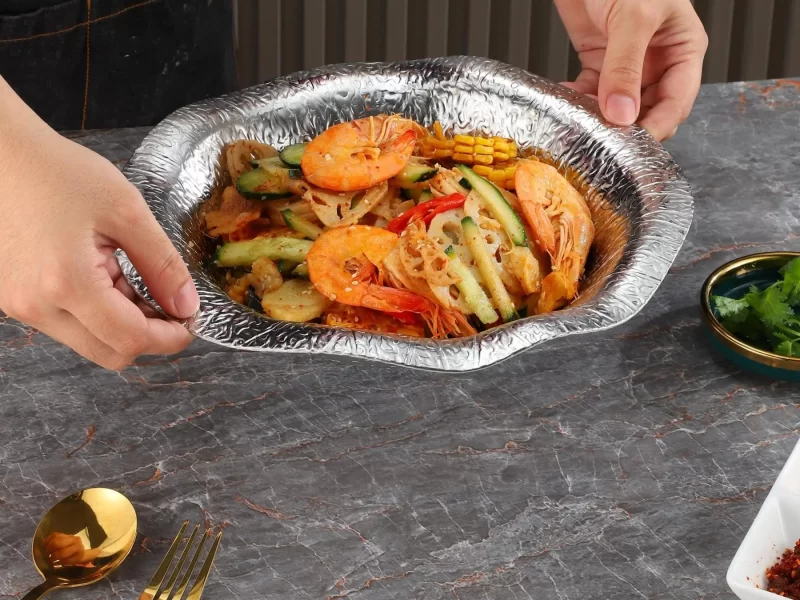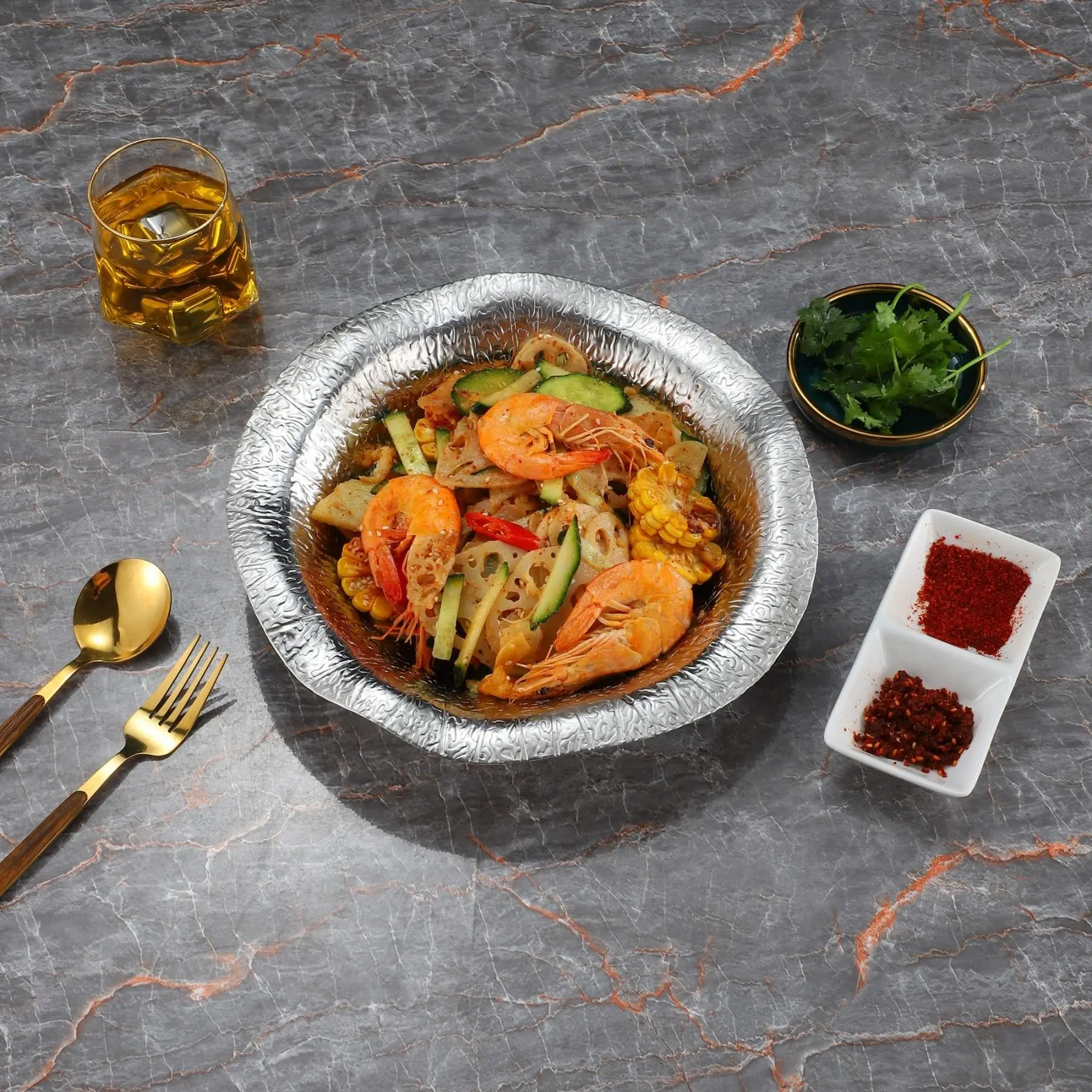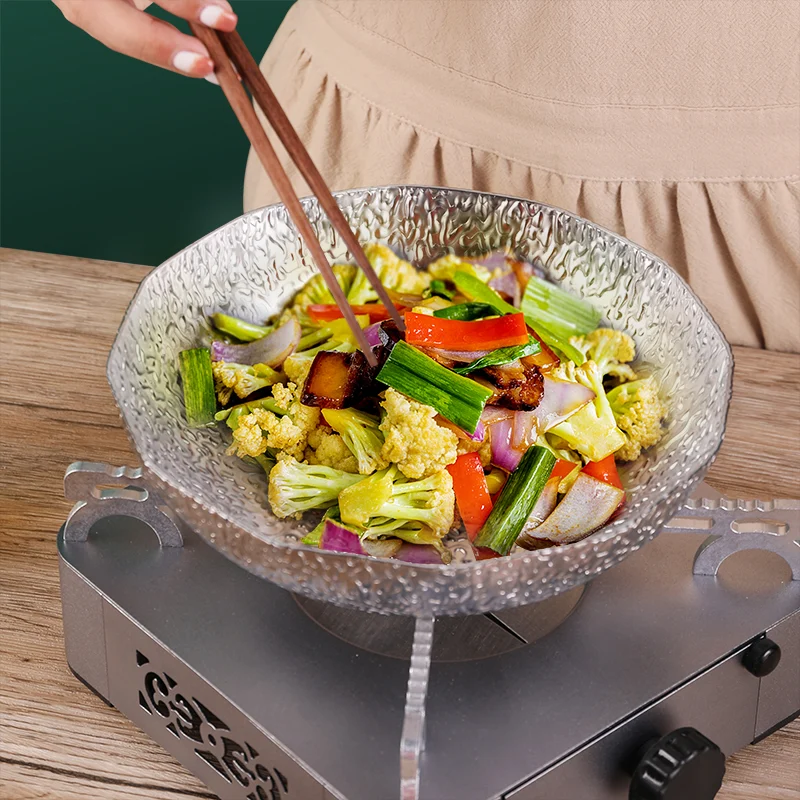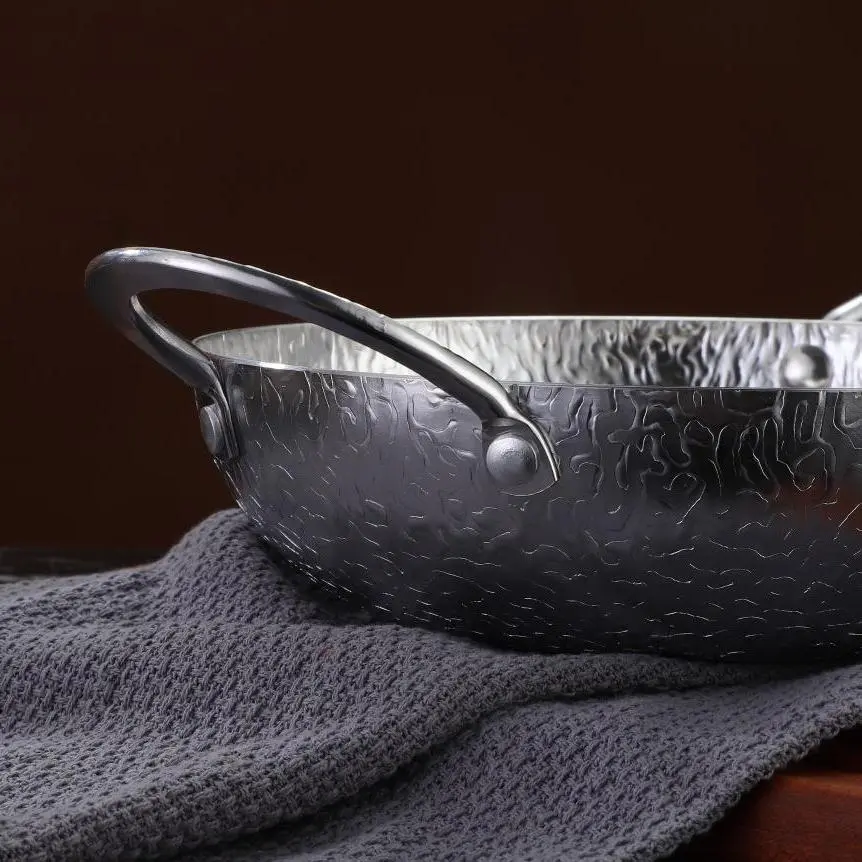
Dry pots are widely used in various commercial kitchens. Sometimes users will encounter problems such as sticking, discoloration, and shortened lifespan, mostly due to improper operation. As a professional stainless steel cookware manufacturer, Hengguang will combine industry experience to explain to you the correct use of dry pots and coping strategies for common misunderstandings, helping catering kitchens to be more efficient and durable.
Key tips to correctly use stainless steel dry pots
Only reasonable operation can truly bring out the performance of the dry pot.

Tip 1: Preheat before adding oil
It is recommended to preheat the pot body on medium heat for 30 seconds, and then add oil and ingredients. The appropriate pot temperature can avoid sticking. The “drip method” can be used for testing: water droplets rolling in the pot indicate that the temperature is moderate.
Tip 2: Reasonably control the firepower
Dry pots conduct heat quickly, and high heat can easily burn ingredients, discolor the pot body, and even damage the bottom of the pot. Medium and low heat is sufficient for cooking most dishes.
Tip 3: Control the moisture of ingredients
Putting water into the pot can easily cause oil explosion and sticking. Especially when making dishes, drying the ingredients can improve the taste and make it easier to control the heat.
Tip 4: Avoid empty cooking
Long-term dry cooking can easily cause the bottom of the pot to change color, lose luster, and even deform. It is recommended to control the preheating time of the empty pot within 2 minutes.
Common mistakes in using dry pots and solutions
Incorrect operation not only affects the effect but may also damage the pot. The following lists common errors and provides targeted solutions to help you avoid losses and improve kitchen efficiency.
| Misconceptions | Symptoms | Suggestions |
| Putting the oil in the pan before it is hot | Food ingredients stick to the pan | Preheat the pan before adding oil |
| Too much heat | Ingredients are burnt on the outside and raw on the inside, and the pan changes color | Use medium or low heat |
| Use wire ball to clean | Scratches on the pan surface affect the lifespan | Use a soft cloth or non-metallic brush |
| Not wiping dry after washing | Water stains and spots remain | Wipe dry immediately after washing |
| Knocking the pot with a metal spatula | Scratching the pan surface | It is recommended to use a wooden spatula/silicone spatula |
Tips to improve user experience
Simple tips can help you improve the user experience of cookware, extend the service life, and reduce maintenance costs.

- Before the first use, it is recommended to boil water once to remove residues.
- Thermal discoloration can be removed by boiling vinegar water without affecting performance.
- After cooking ingredients with strong acidity and alkalinity, it is recommended to clean the pan in time.
Why choose Hengguang high-quality dry pot?

Choosing the right pot is more important than remediation afterward. Hengguang, a reliable dry pot supplier, provides you with a high-quality three-layer dry pot with 304 stainless steel + aluminum heat conductive layer + stainless steel composite bottom structure, which has the following features:
- Fast and uniform heat conduction, energy saving and time saving.
- Stable structure, not easy to deform.
- Compatible with a variety of heat sources (induction cooker, open flame, ceramic stove, etc.
- Provide OEM/ODM customization services to create exclusive product lines.
Conclusion
I hope the above sharing can help you or your customers better master the use of dry pots, and improve kitchen efficiency and pot experience. If you need to purchase dry pots in bulk or customize cookware products, welcome to contact us.